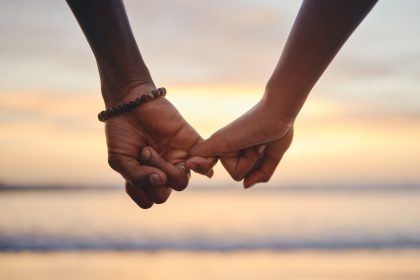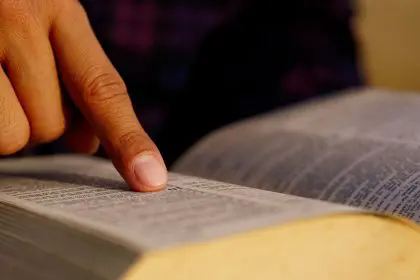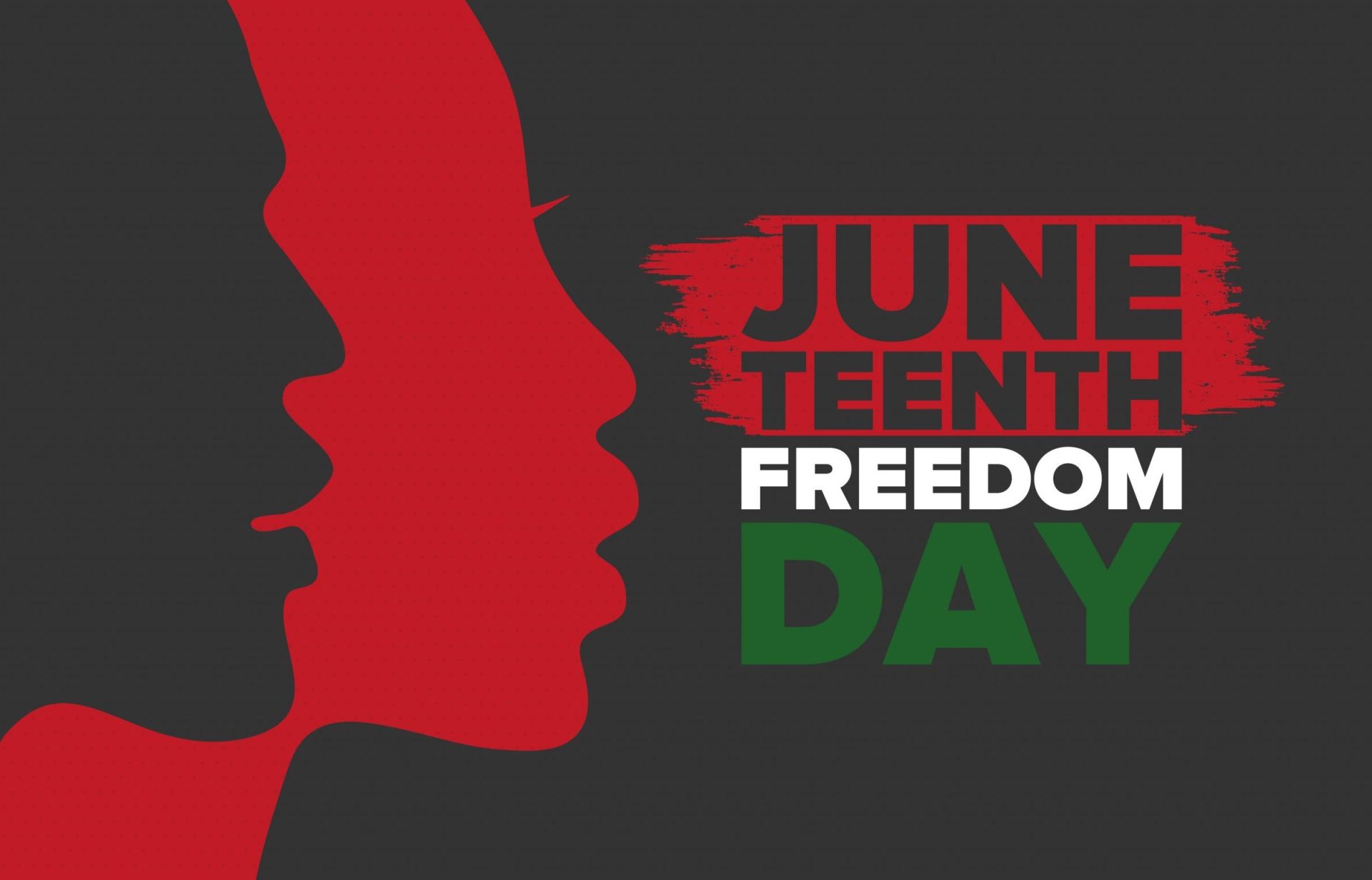
Beginning December 26 and lasting for seven days, Kwanzaa is a celebration of community, family and culture, established as a means to help Black Americans reconnect with their roots. For 10 interesting facts you should know about the annual celebration, keep scrolling.
1. The word “Kwanzaa” is derived from Swahili and translates to “first fruits of the harvest.”
2. It’s a relatively new holiday, first observed in 1966 and created by Dr. Maulana Karenga, a professor of Black Studies, to celebrate African culture and identity.
3. The seven days of the Kwanzaa celebration correspond with 7 Principles:
umoja (oo-MOH-ja)
Meaning: unity
Action: building a community that holds together
kujichagulia (koo-jee-cha-goo-LEE-yah)
Meaning: self-determination
Action: speaking for yourself and making choices that benefit the community
ujima (oo-JEE-mah)
Meaning: collective work and responsibility
Action: helping others within the community
ujamaa (oo-JAH-ma)
Meaning: cooperative economics
Action: supporting businesses that care about the community
nia (nee-AH)
Meaning: a sense of purpose
Action: setting goals that benefit the community
kuumba (koo-OOM-bah)
Meaning: creativity
Action: making the community better and more beautiful
imani (ee-MAH-nee)
Meaning: faith
Action: believing that a better world can be created for communities now and in the future
4. There are also seven symbols significant to the celebration:
kikombe cha umoja
Meaning: the unity cup
Action: Celebrants drink from this cup in honor of their African ancestors. Before drinking, each person says “harambee,” or “let’s pull together.”
kinara
Meaning: the candleholder, which holds seven candles
Action: It said to symbolize stalks of corn that branch off to form new stalks, much as the human family is created.
mazao
Meaning: fruits, nuts, and vegetables
Action: These remind celebrants of the harvest fruits that nourished the people of Africa.
mishumaa saba
Meaning: the seven candles that represent the seven principles
Action: A different candle is lit each day. Three candles on the left are green; three on the right are red; and in the middle is a black candle.
mkeka
Meaning: mat
Action: The symbols of Kwanzaa are arranged on the mkeka, which may be made of straw or African cloth. It symbolizes the foundation upon which communities are built.
vibunzi (plural, muhindi)
Meaning: ear of corn
Action: Traditionally, one ear of corn is placed on the mkeka for each child present.
zawadi
Meaning: gifts
Action: Traditionally, educational and cultural gifts are given to children on January 1, the last day of Kwanzaa.
5. Seven candles (in red, green and black — the holiday’s symbolic colors) are lit during Kwanzaa – the first: black (for the people), the second: red (for the noble blood that unites all people of African ancestry — shed in the struggle for freedom) and the third: green (representing the rich land of Africa). Meanwhile, the remaining candles alternate between red and green.
6. Kwanzaa isn’t a religious holiday — nor is it meant to replace Christmas — but a cultural celebration of African heritage and togetherness.
7. Traditional Kwanzaa gifts center on learning, so books about African heritage and culture are appropriate.
8. The first US postage stamp to commemorate Kwanzaa was issued in 1997. Since then, there have been 5 designs released, the most recent being 2016.
9. On December 31 families celebrate Karamu, which may be held at a home, a community center, or church. Participants enjoy traditional African dishes featuring ingredients like sesame seeds (benne), peanuts (groundnuts), sweet potatoes, collard greens, and spicy sauces.
10. Celebrities who have been known to celebrate Kwanzaa include Oprah Winfrey, Maya Angelou, Chuck D, Angelina Jolie, and Synthia Saint James — who designed the first official Kwanzaa postage stamp.










